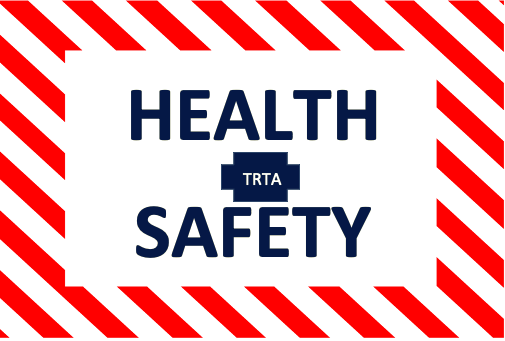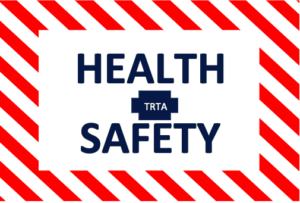May is National Arthritis Month!
This article will focus on osteoarthritis, which is by far the most common form of arthritis. Osteoarthritis is traditionally thought of as a “wear and tear” disease. It is now recognized as a disease of the whole joint. This article will include information on treatment and exercise which can help TRTA members manage the everyday challenges of this disease.
The Arthritis Foundation and American College of Rheumatology partnered to develop treatment guidelines for relieving the pain and stiffness of osteoarthritis (OA). These options show strong evidence for benefit which outweighs harm for almost all people.
1. Weight loss, especially for those with hip and knee OA.
2. Self-management programs to build skills like fitness and exercise goal setting.
3. Aerobic, strengthening, neuromuscular and aquatic exercises.
4. Tai-chi, especially for those with hip and knee OA.
5. Medical devices and aids including canes, orthotic devices and wrist braces.
6. Topical non-steroidal anti-inflammatory drugs (NSAIDS).
7. Oral NSAIDS.
8. Steroid injections (knee, hip).
9. Imaging guidance for injections (hip).
Exercise is proven to be an effective treatment for osteoarthritis (OA). People with OA often have other conditions, such as heart disease, obesity or depression which makes exercise more difficult both physically and mentally. The individual may have time constraints, transportation constraints, and/or problems accessing equipment. Shoes may be problematic due to affordability or ability to change into them. Knowing how to do the exercises can be a barrier, as well as past experiences and beliefs about exercise.
To achieve successful outcomes via exercise, the individual must stick with exercise for the long term. Exercise is planned, structured, repetitive, intentional movement intended to improve or maintain physical fitness. Regular exercise with a specific purpose, “dose” and intensity can result in meaningful improvements in pain, mobility and quality of life.
Health care providers play a key role in helping their patients understand the benefits of exercise. Many individuals will need specific instructions on what to do, how to do it and how often. Exercise plans must be tailored to the individual’s needs and barriers. Individuals also need to have realistic expectations and timeframes, so they are motivated to adhere to the program. An activity tracker combined with education, support and physical therapy counselling via phone can help individuals increase their activity level.
Self-confidence in one’s ability is key, learning to do the exercises and monitoring progress are keys to adherence.
Source: Arthritis Foundation


